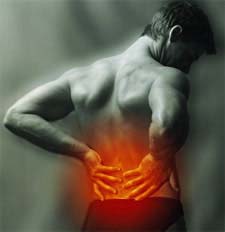 Cochrane review reports, “Exercise programs starting 4 to 6 weeks after the operation could lead to more rapid pain relief and a quicker recovery from disability — without increasing the risk of additional surgery”
Cochrane review reports, “Exercise programs starting 4 to 6 weeks after the operation could lead to more rapid pain relief and a quicker recovery from disability — without increasing the risk of additional surgery”
First, the details.
- A literature search revealed 14 studies — 7 of which had a low risk of bias.
- Where possible, data were combined to conduct a meta-analysis.
- Most exercise programs started 4 to 6 weeks after surgery, but this ranged from 2 days to 12 months.
- There was also considerable variation in the content, duration, and intensity of the treatments — ranging from stretching and strength training at home to 90 minutes of intensive aerobic, strength and stretching exercises 3 times a week.
And, the results.
Exercise programs vs no treatment
- Exercise was more effective than no treatment for pain in 3 short-term studies of 156 people.
- Exercise was more effective for functional status in 2 short-term studies of 136 people.
- Functional status is the ability to perform self-care and physical activities.
- No study reported that exercise increased the need for additional surgery.
High vs low intensity exercise
- High intensity exercise was slightly more effective than low intensity exercise programs for pain.
- Exercise was more effective for functional status.
- In 2 short-term studies of 103 people.
Supervised vs home exercise
- There were no significant differences between supervised and home exercise on functional status in 3 short-term studies of 95 people
The bottom line?
The results of this review provide insight into a specific group at a specific time — first-time lumbar (disc) surgery patients, 4 to 6 weeks after surgery.
For them, the authors concluded, “Exercise programs… seem to lead to a faster decrease in pain and disability than no treatment. And there is no increased risk for additional surgery from exercise.
For those who are highly motivated, “high intensity exercise programs seem to lead to a faster decrease in pain and disability than low intensity programs.” And supervised exercises don’t seem to add benefit to home exercises for pain relief, disability, or overall perceived effect.
11/30/08 15:28 JR